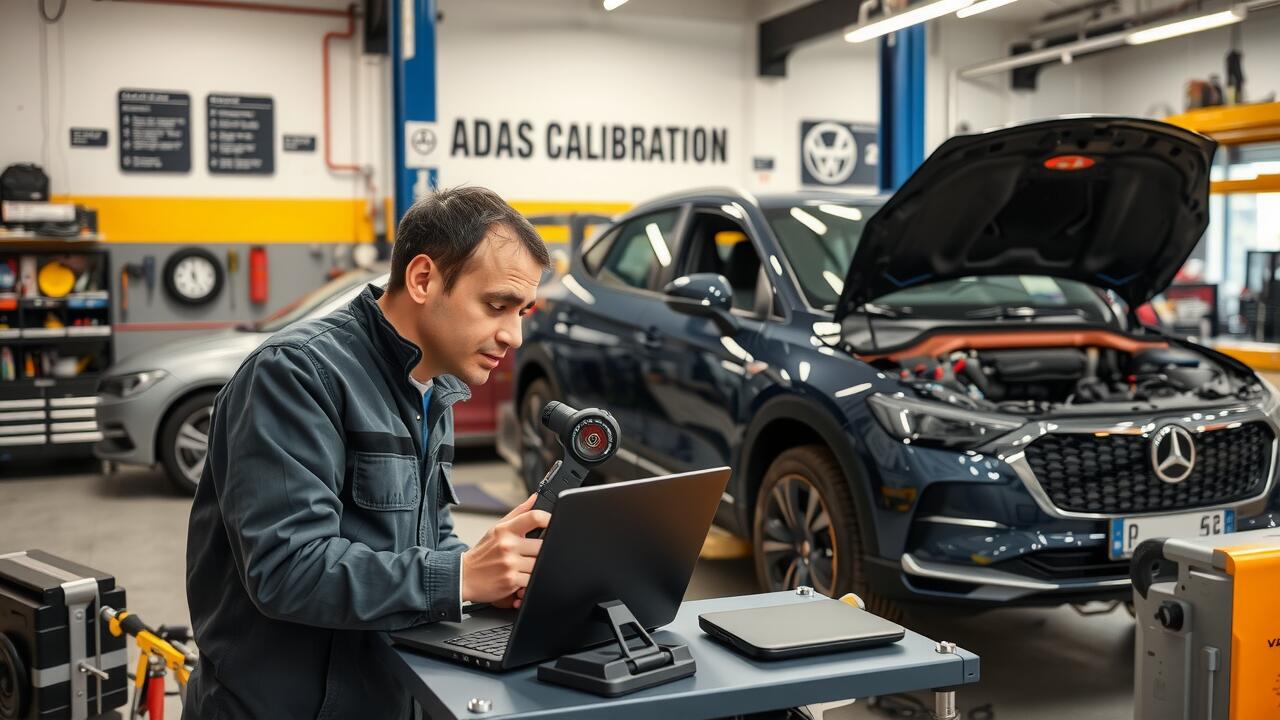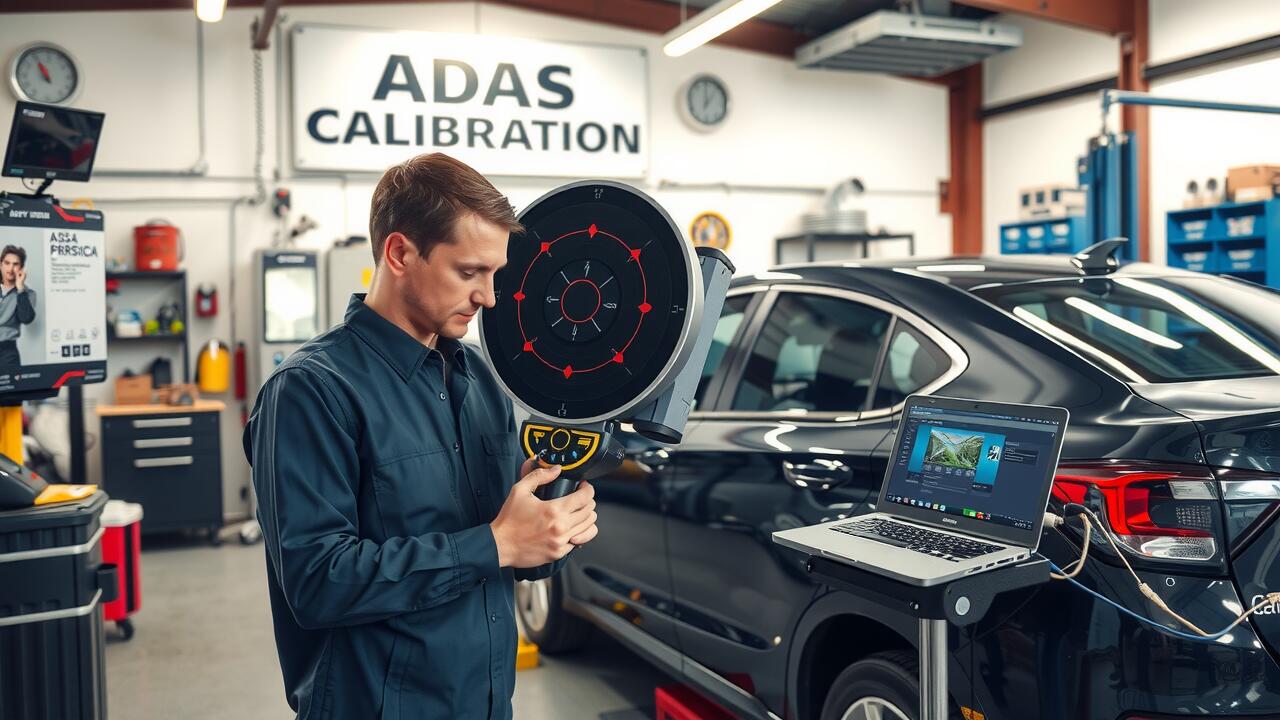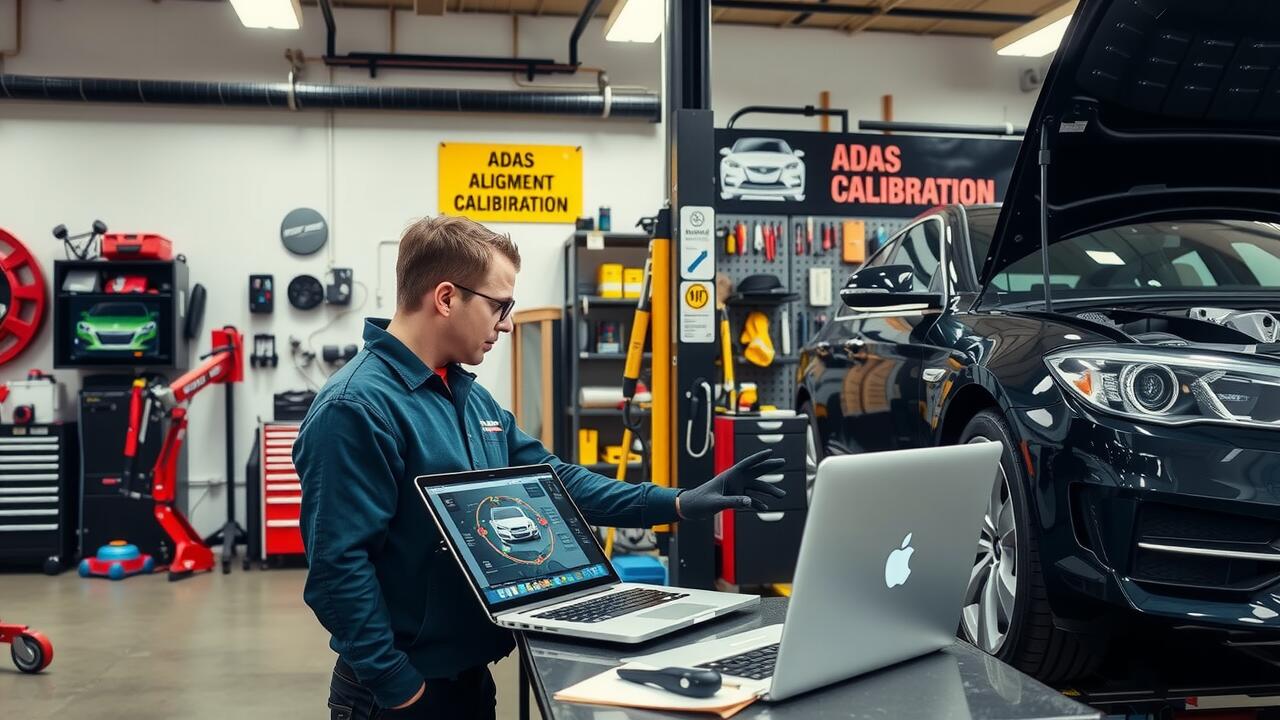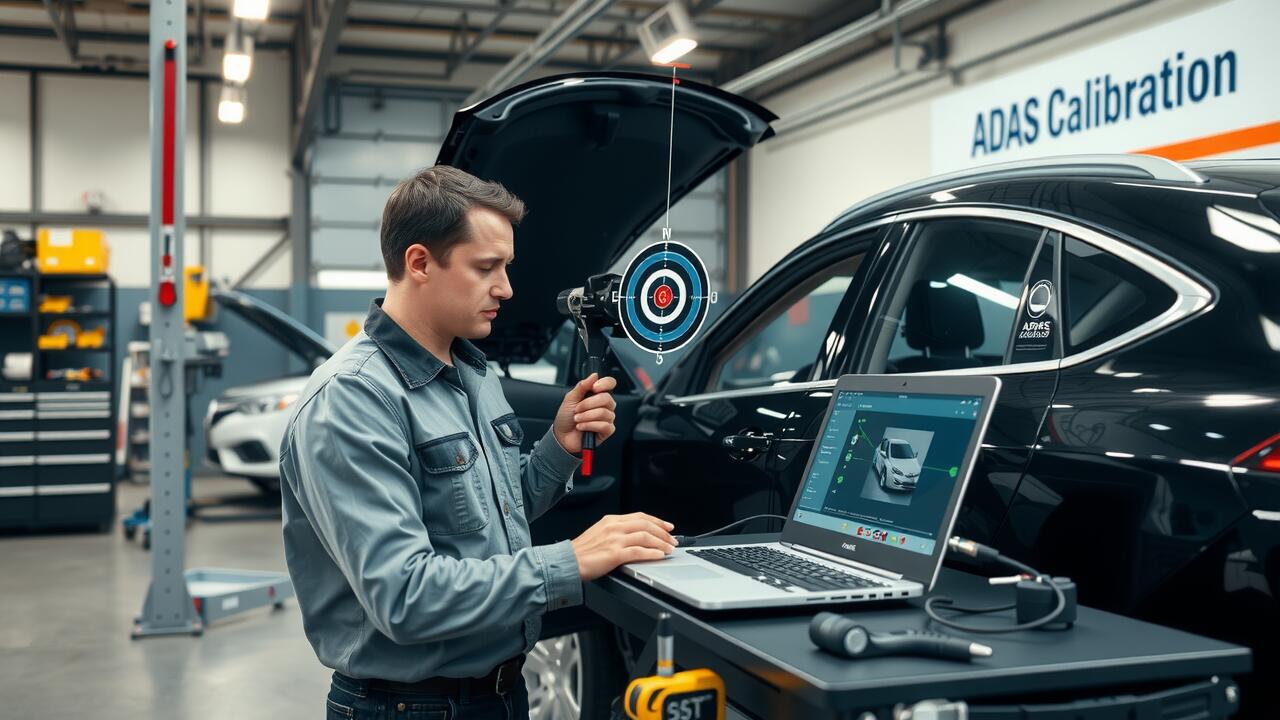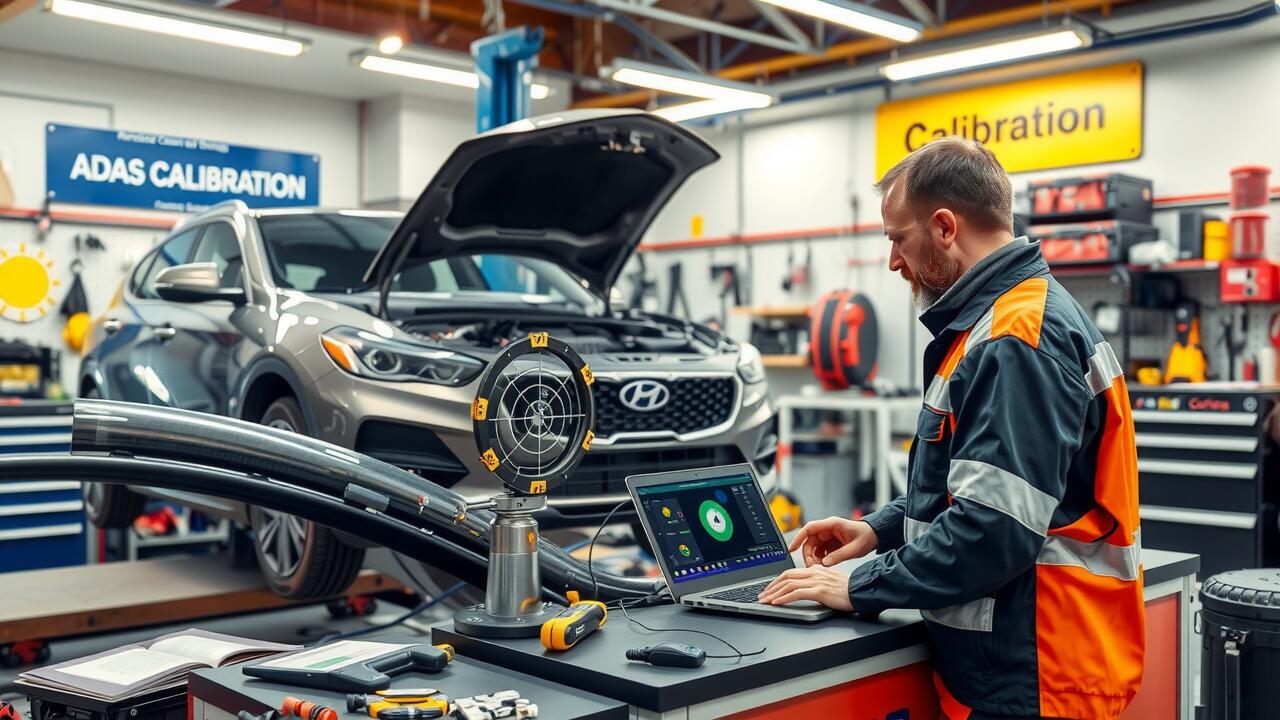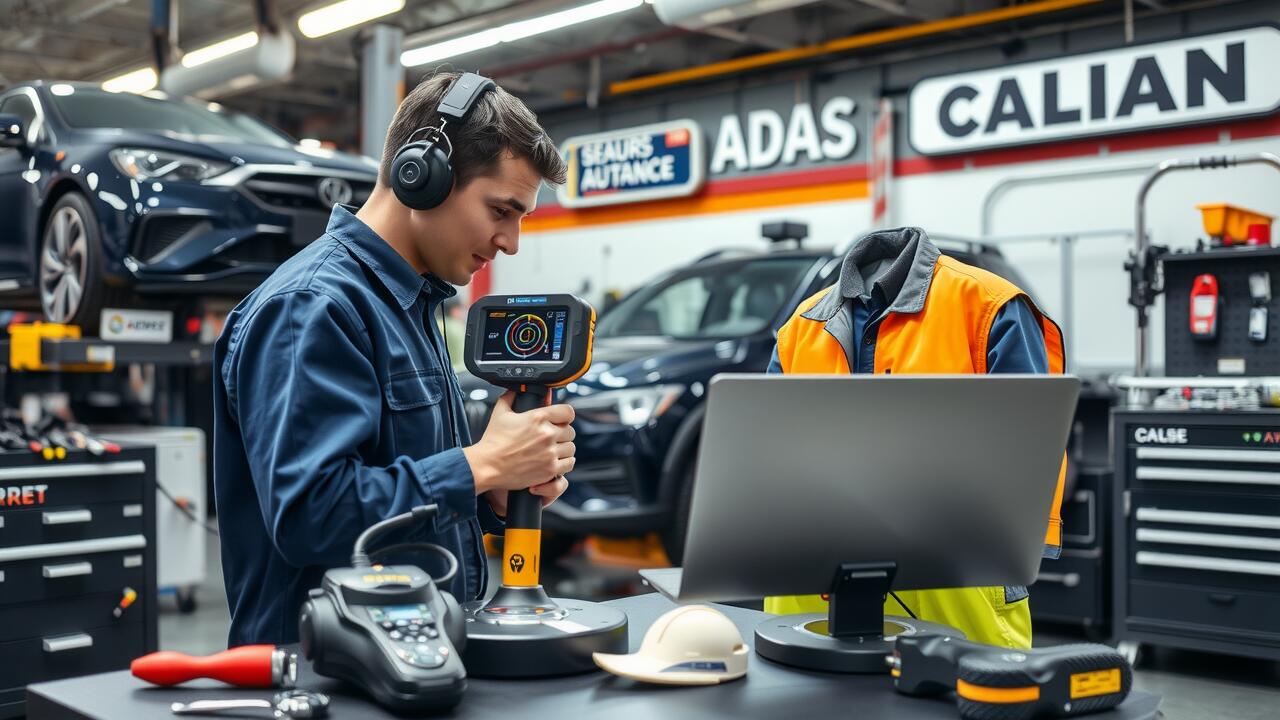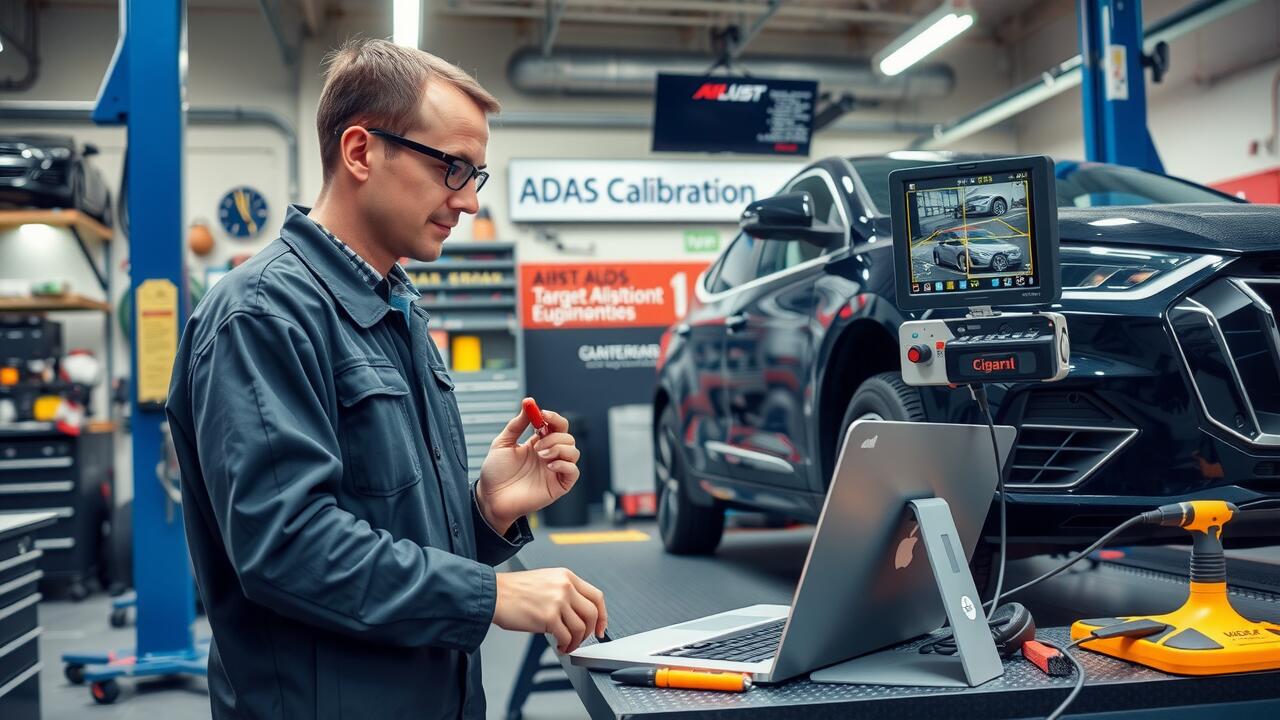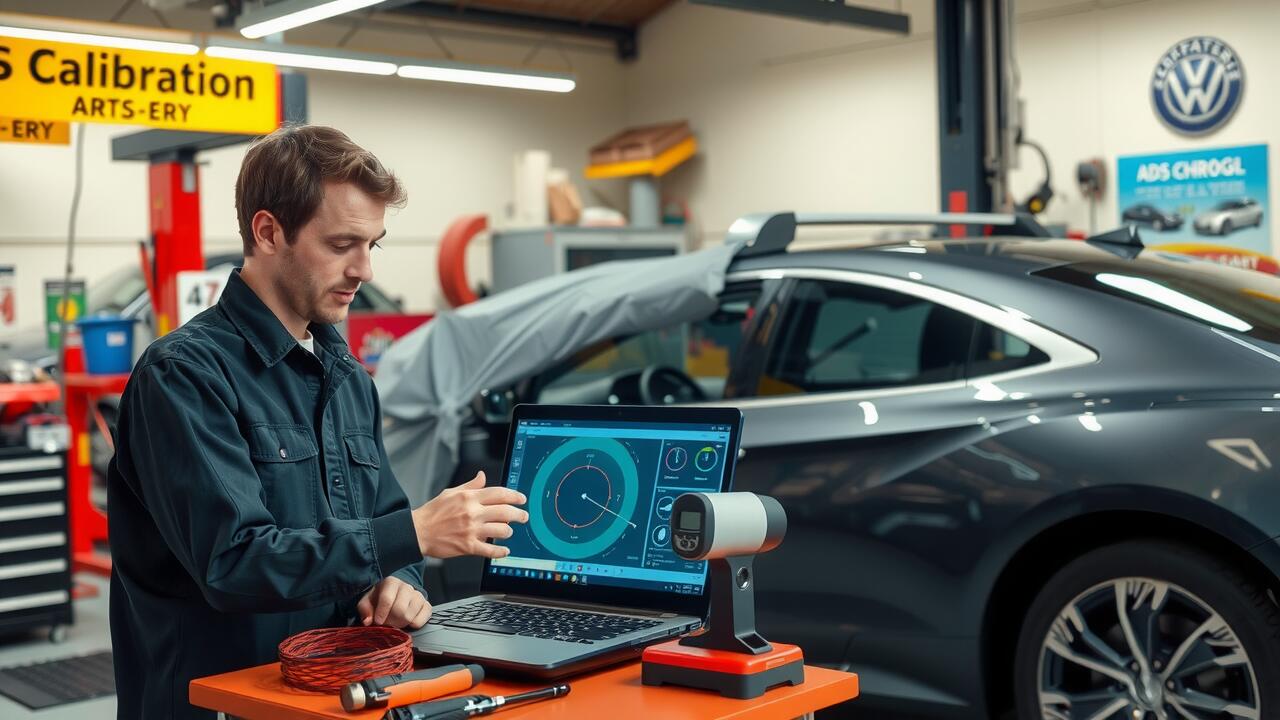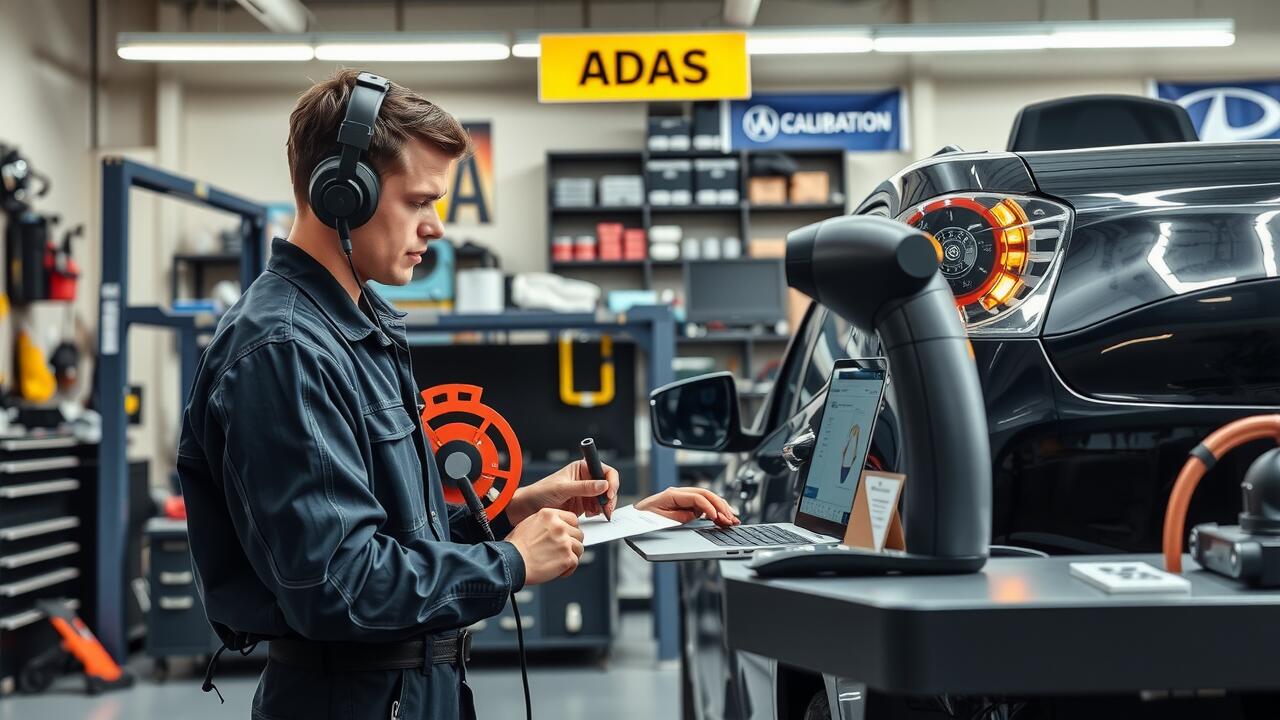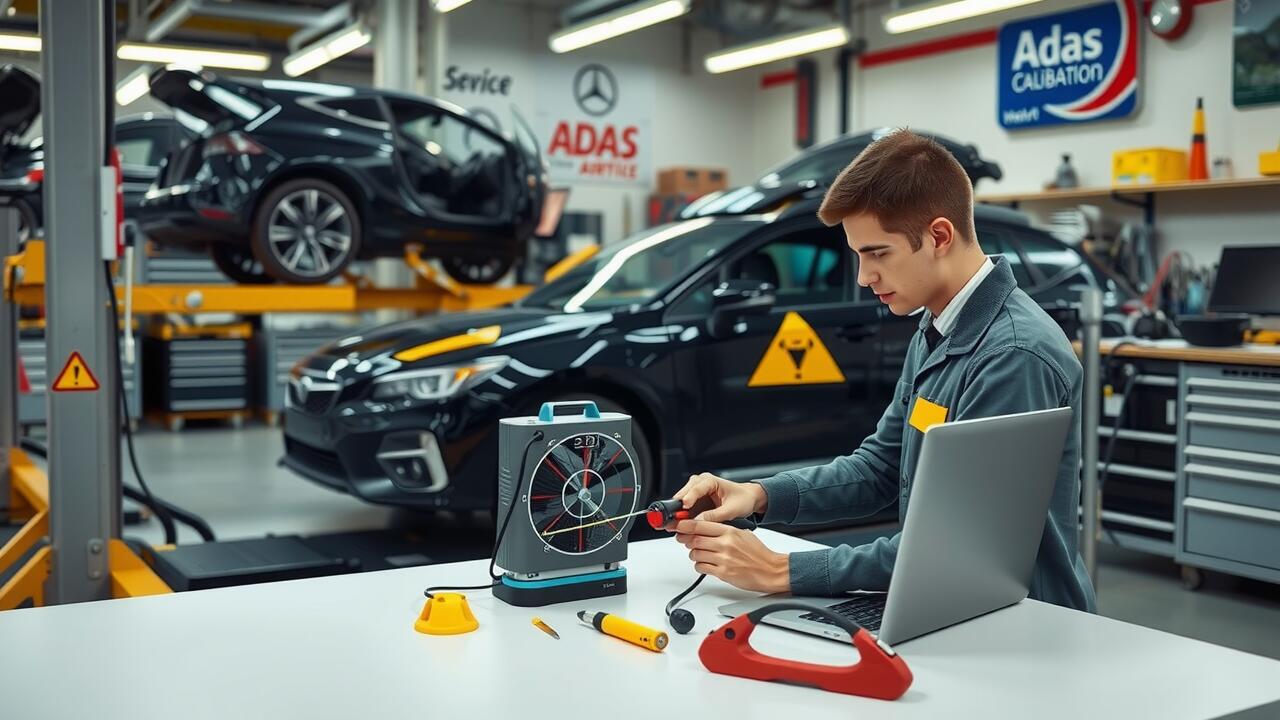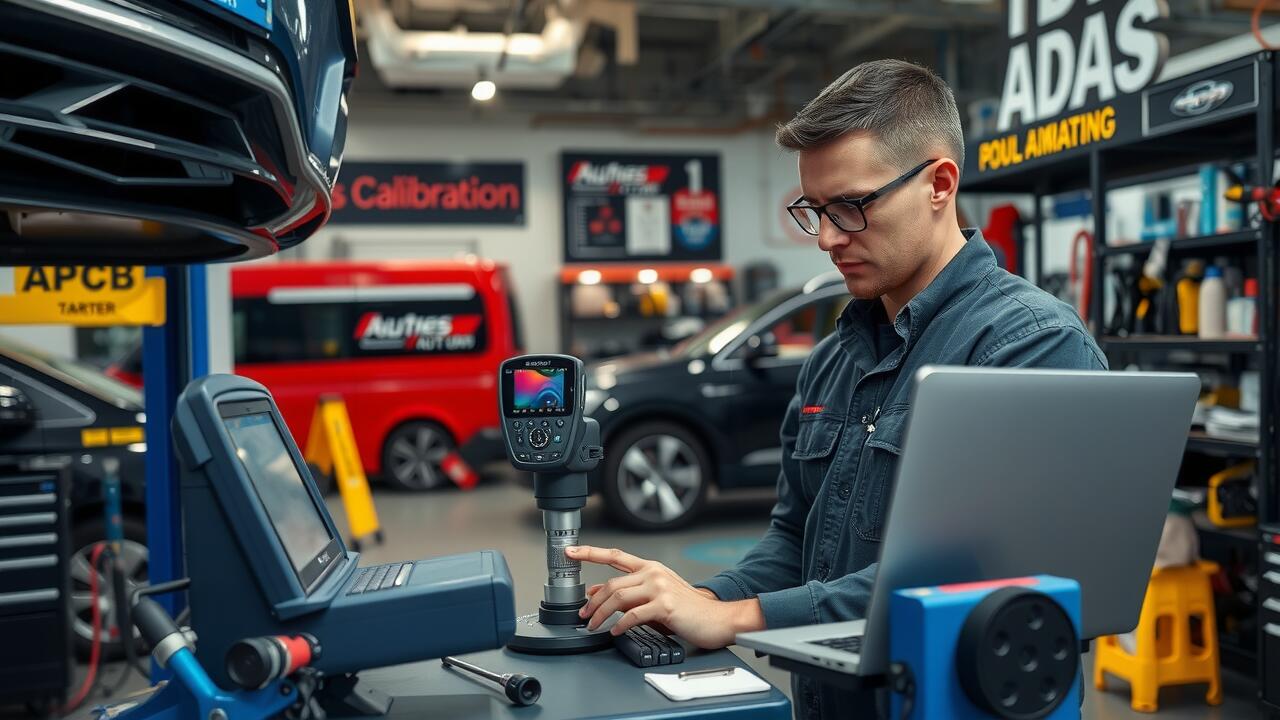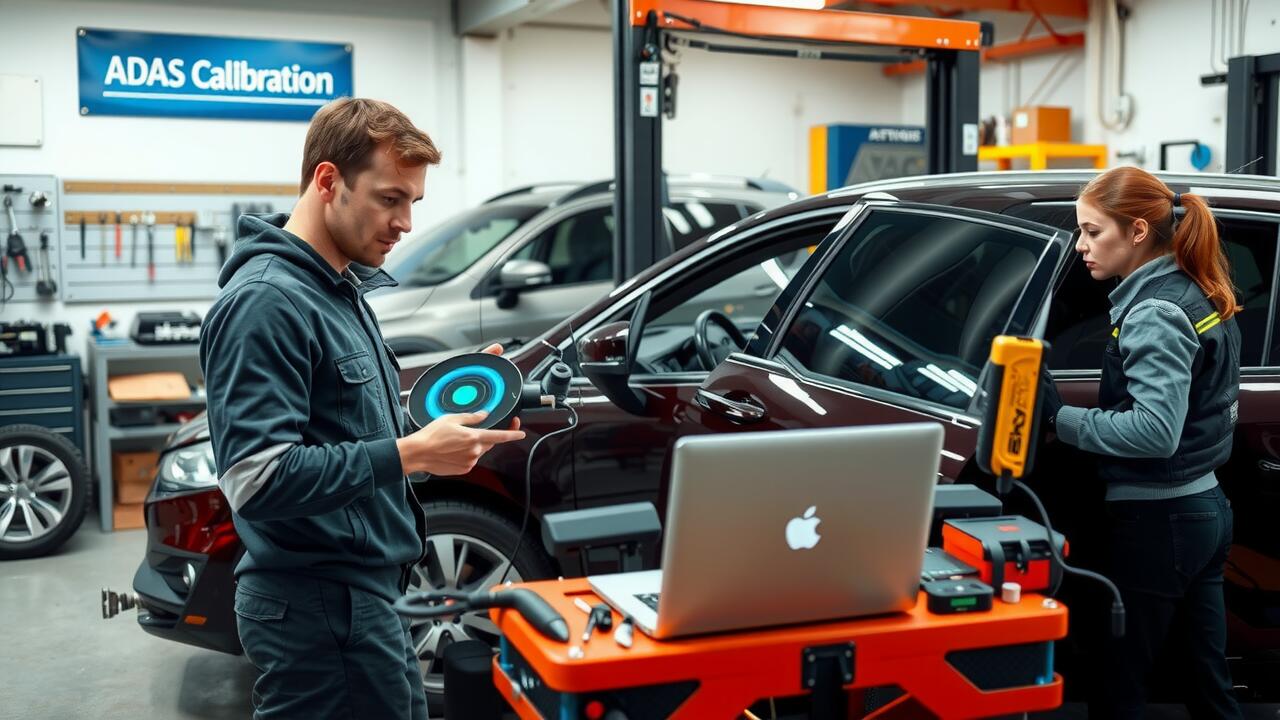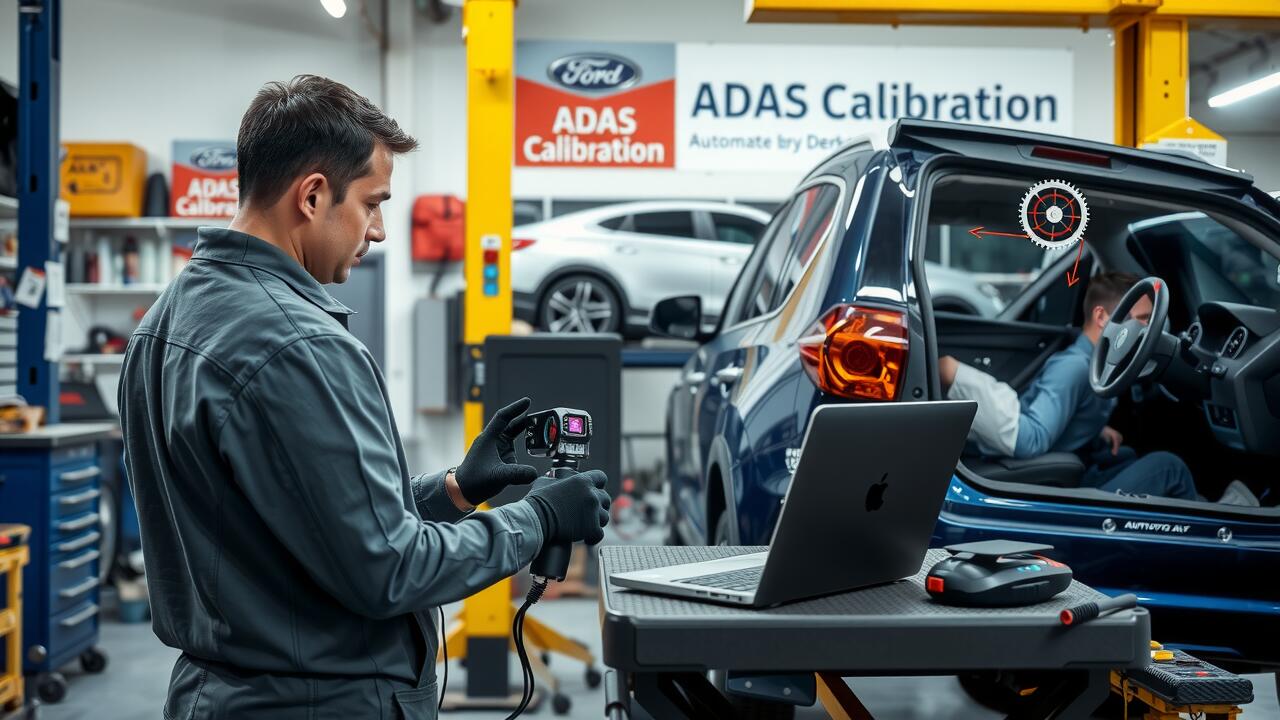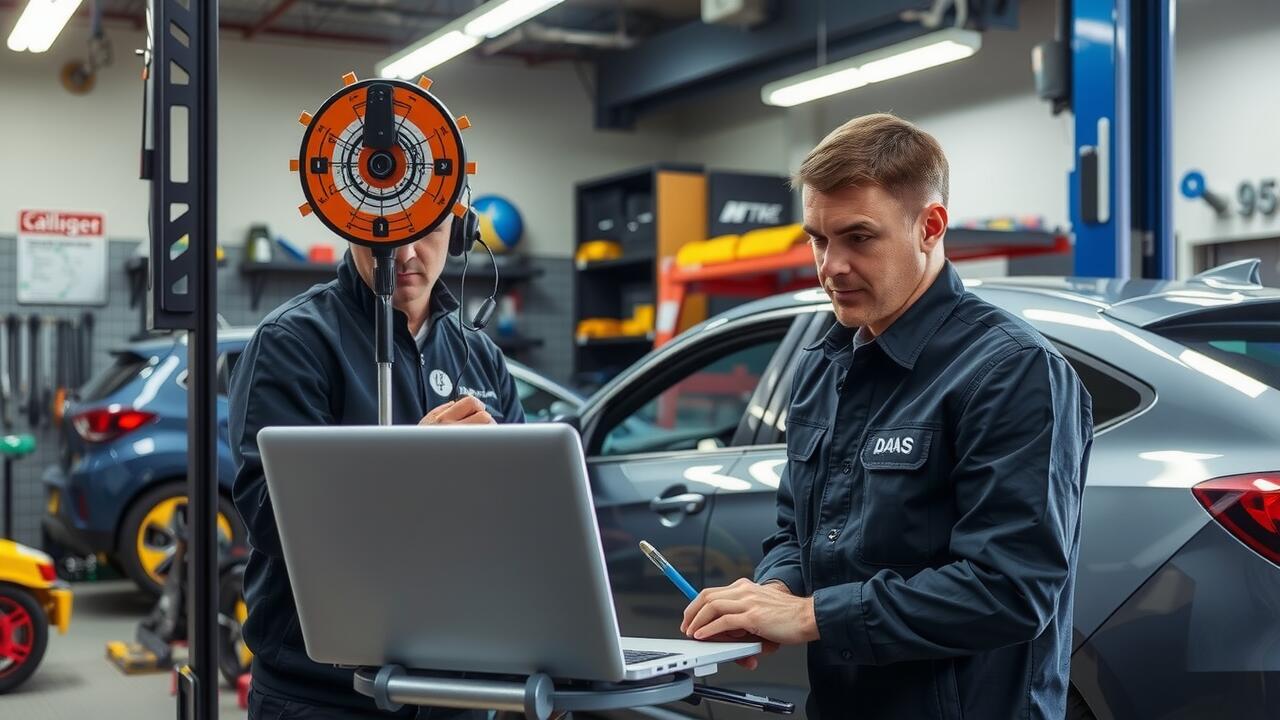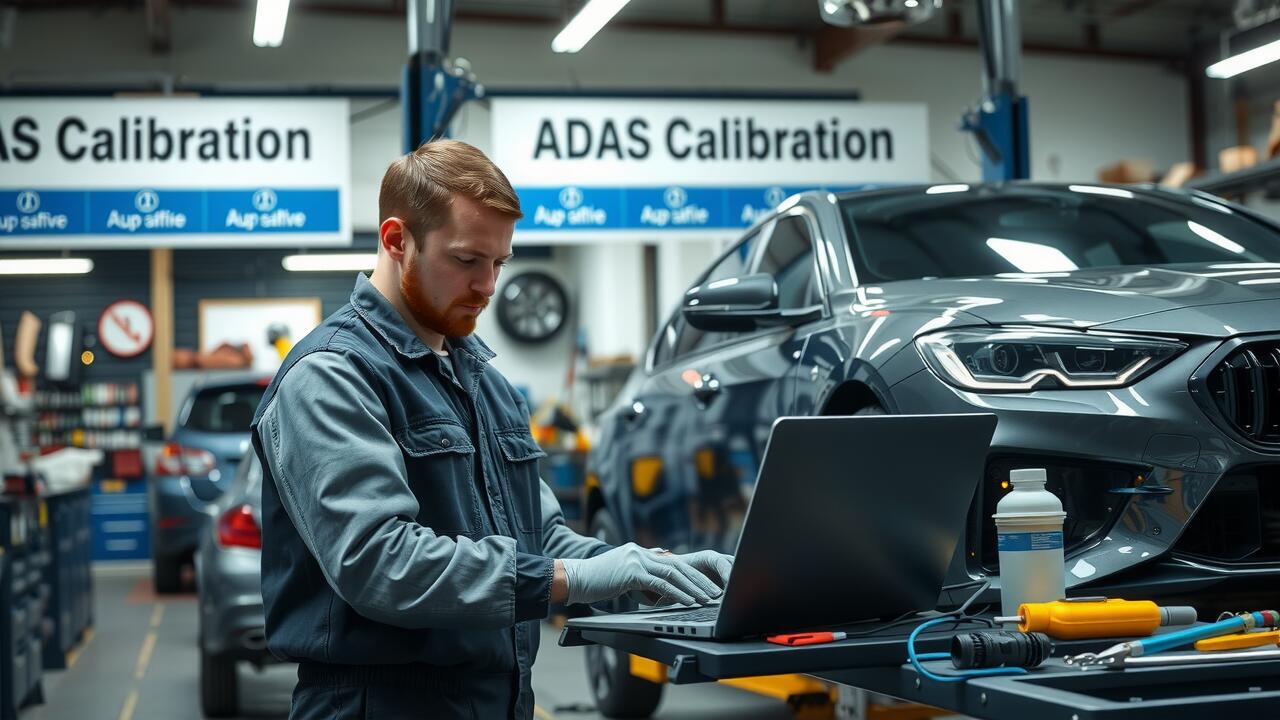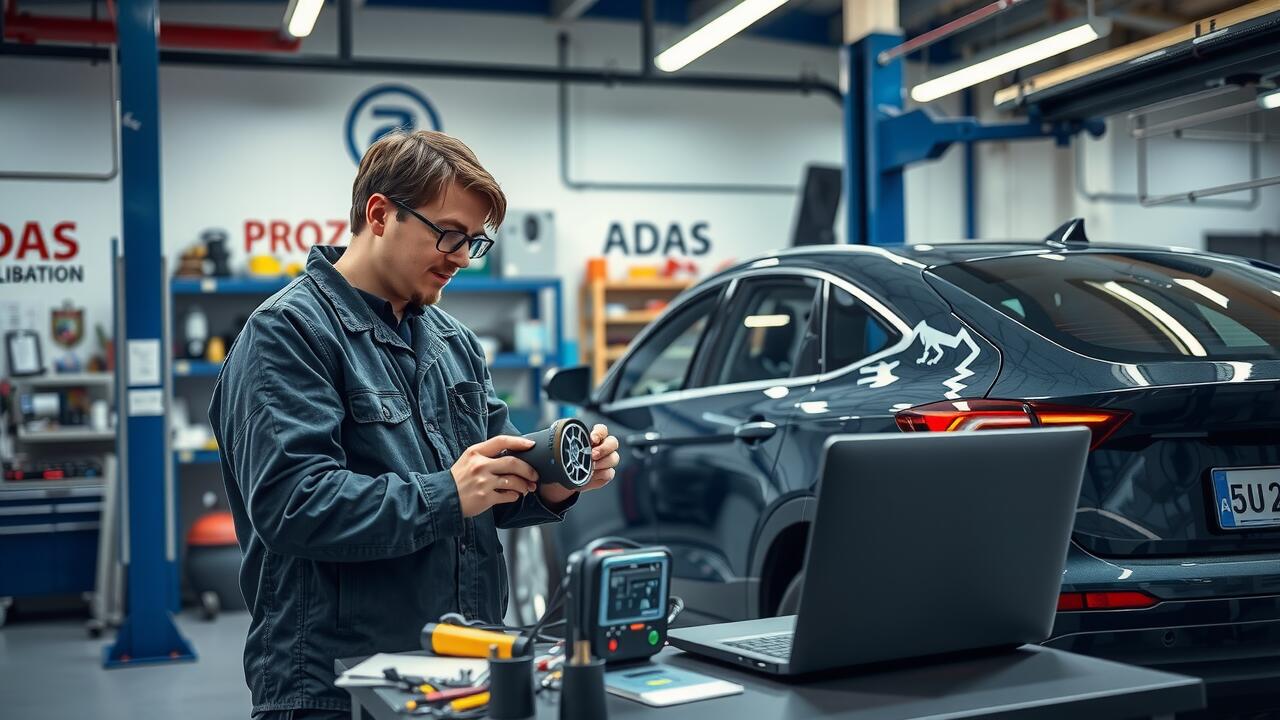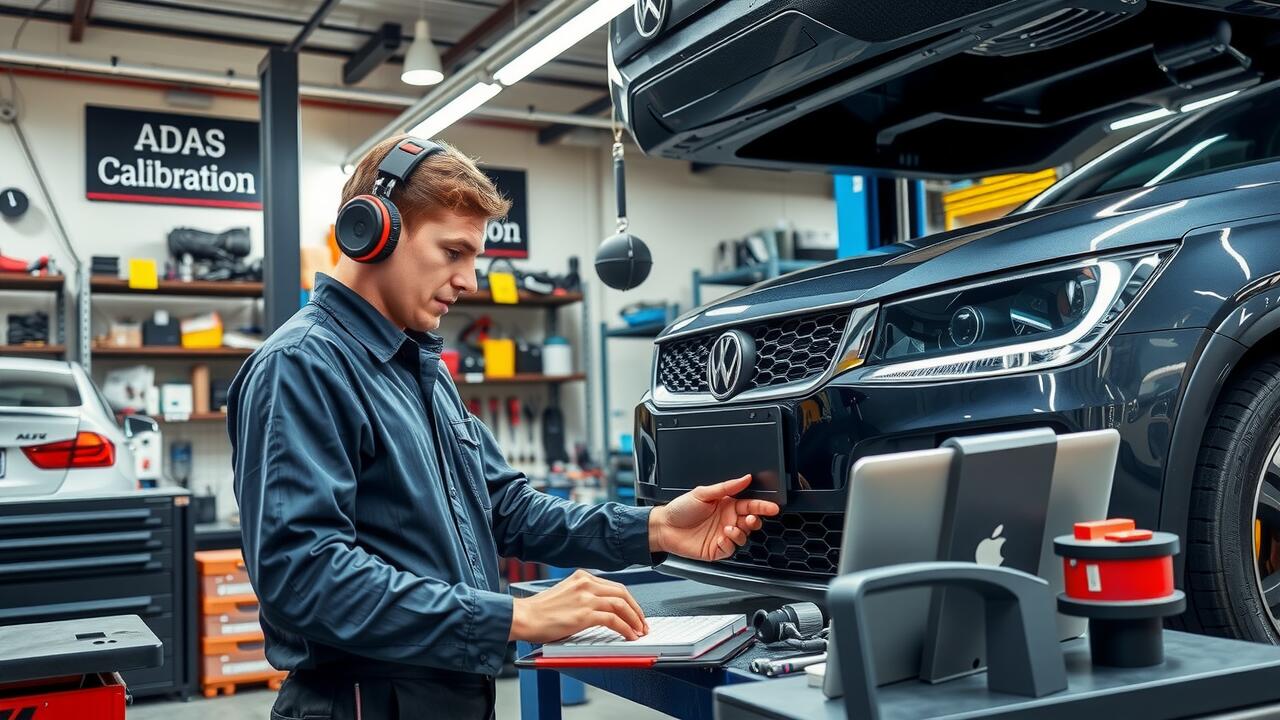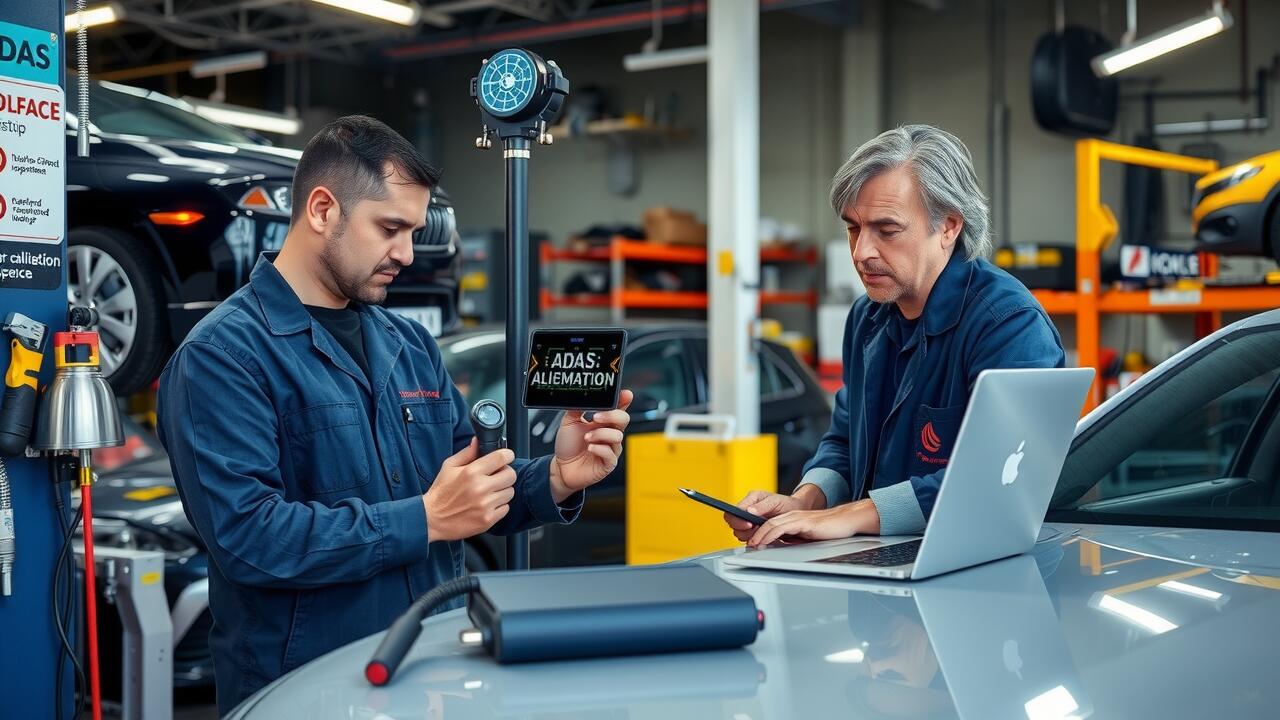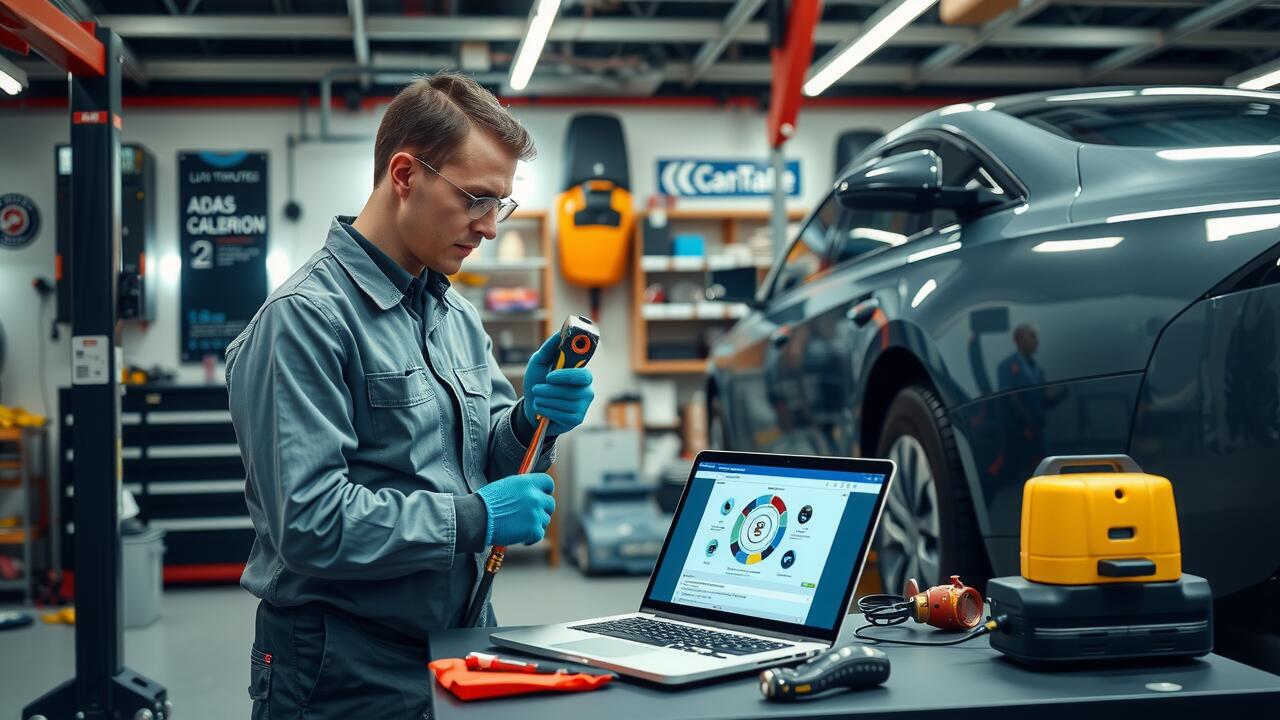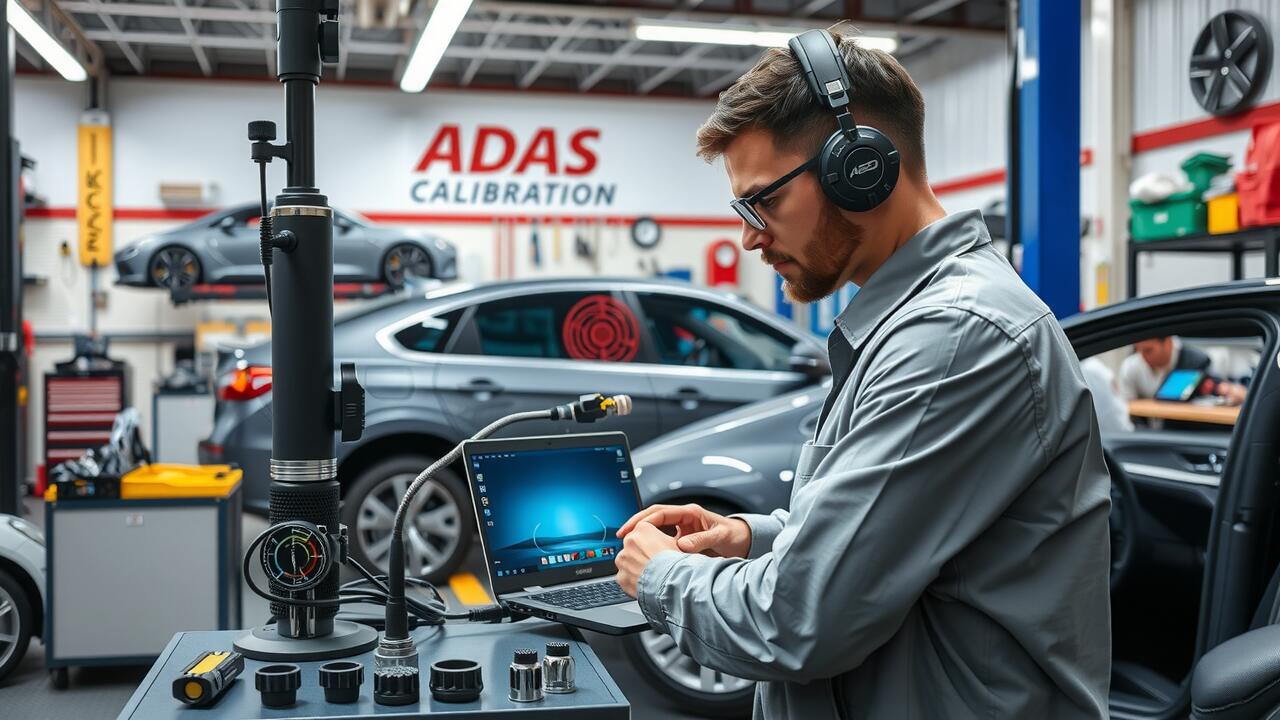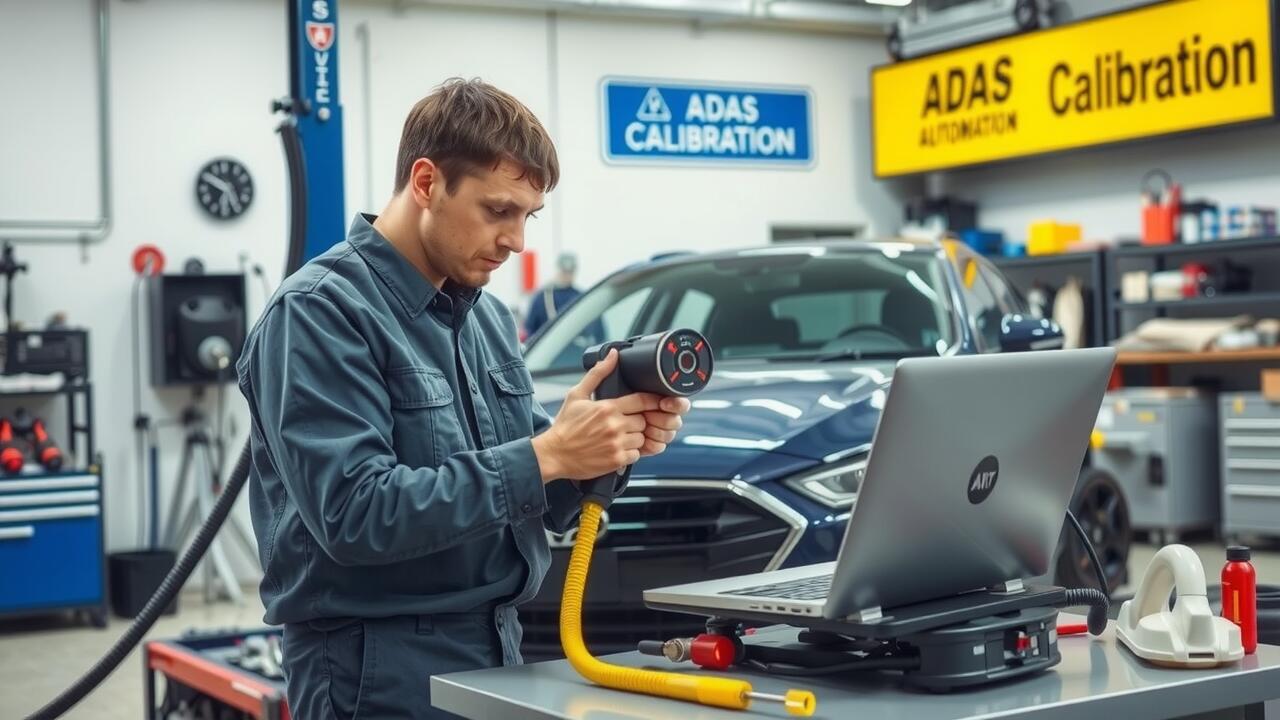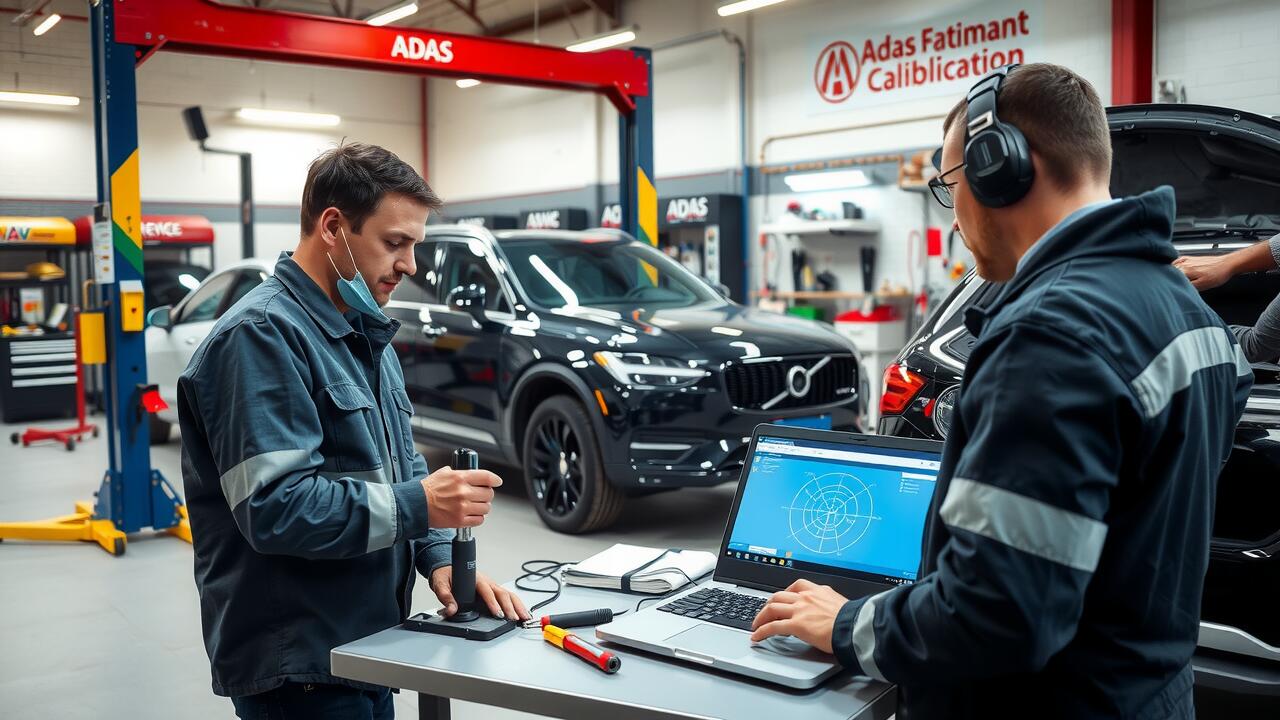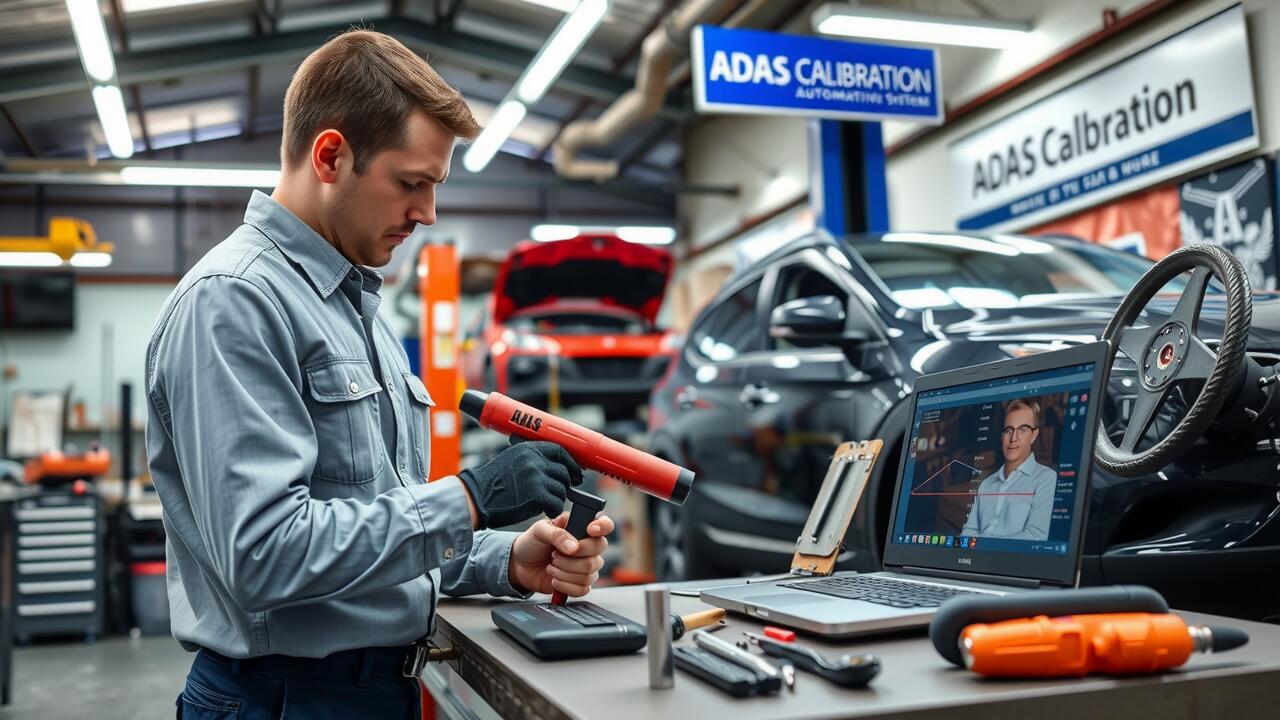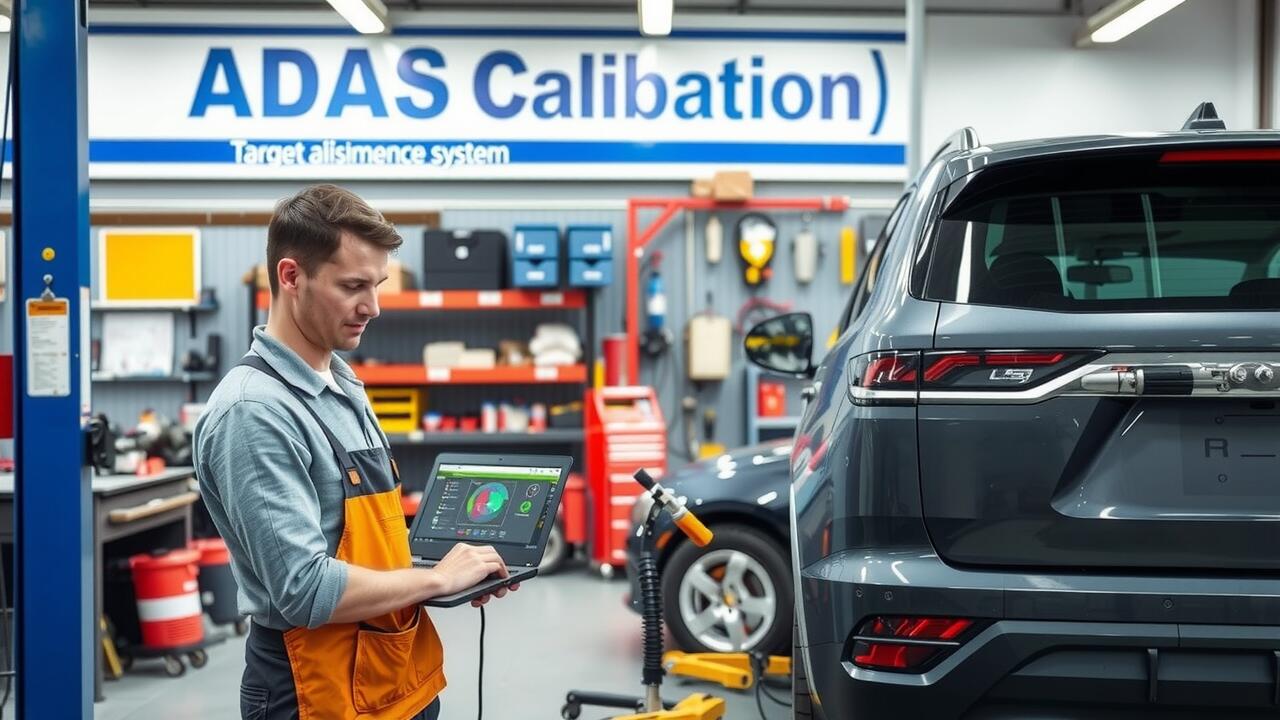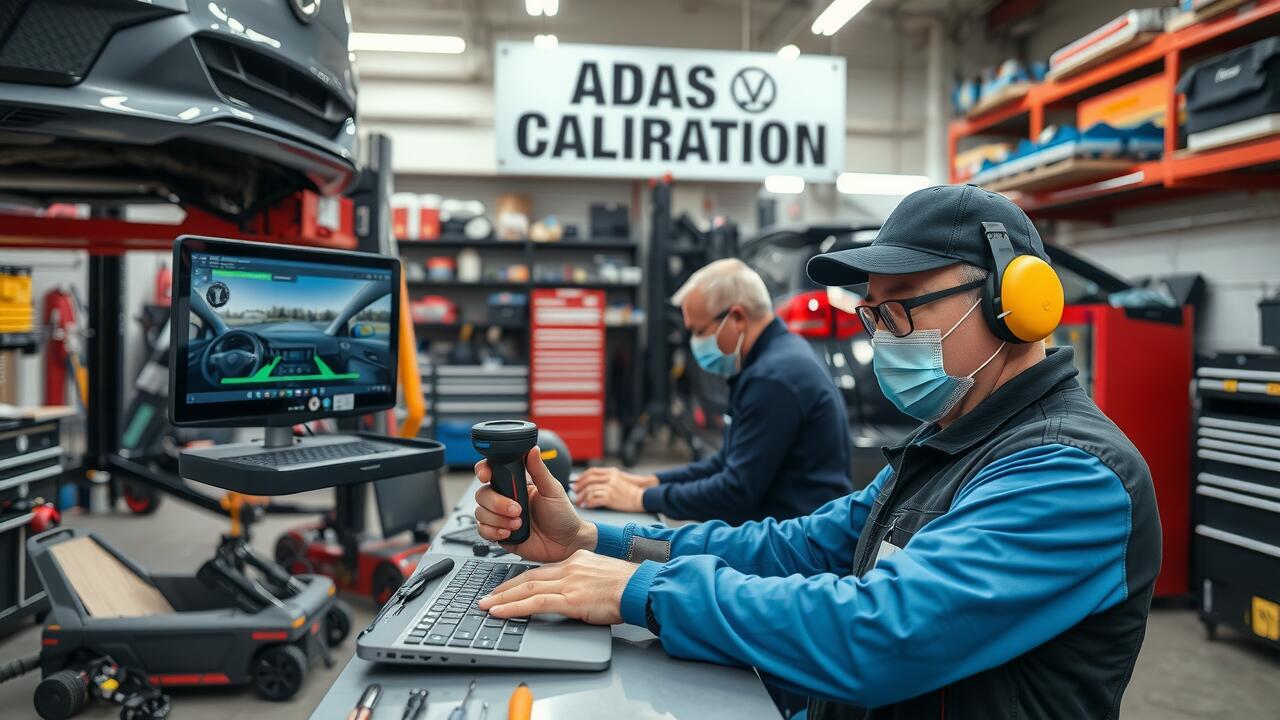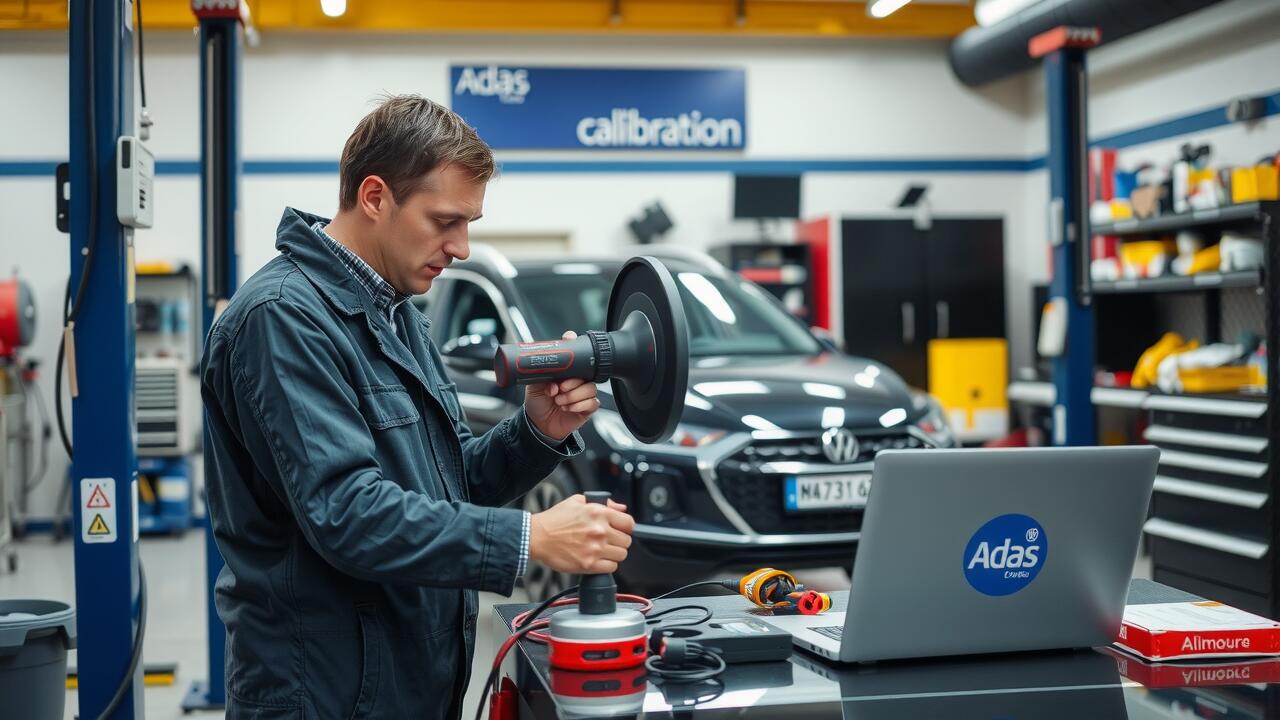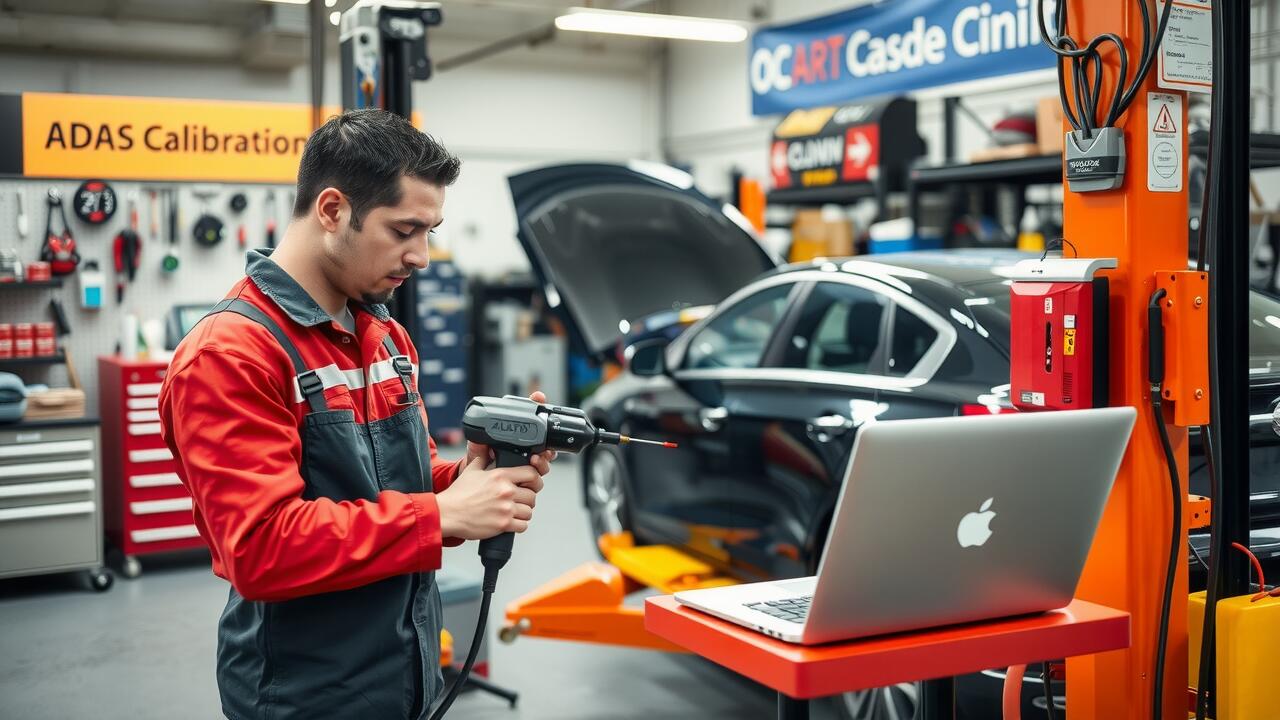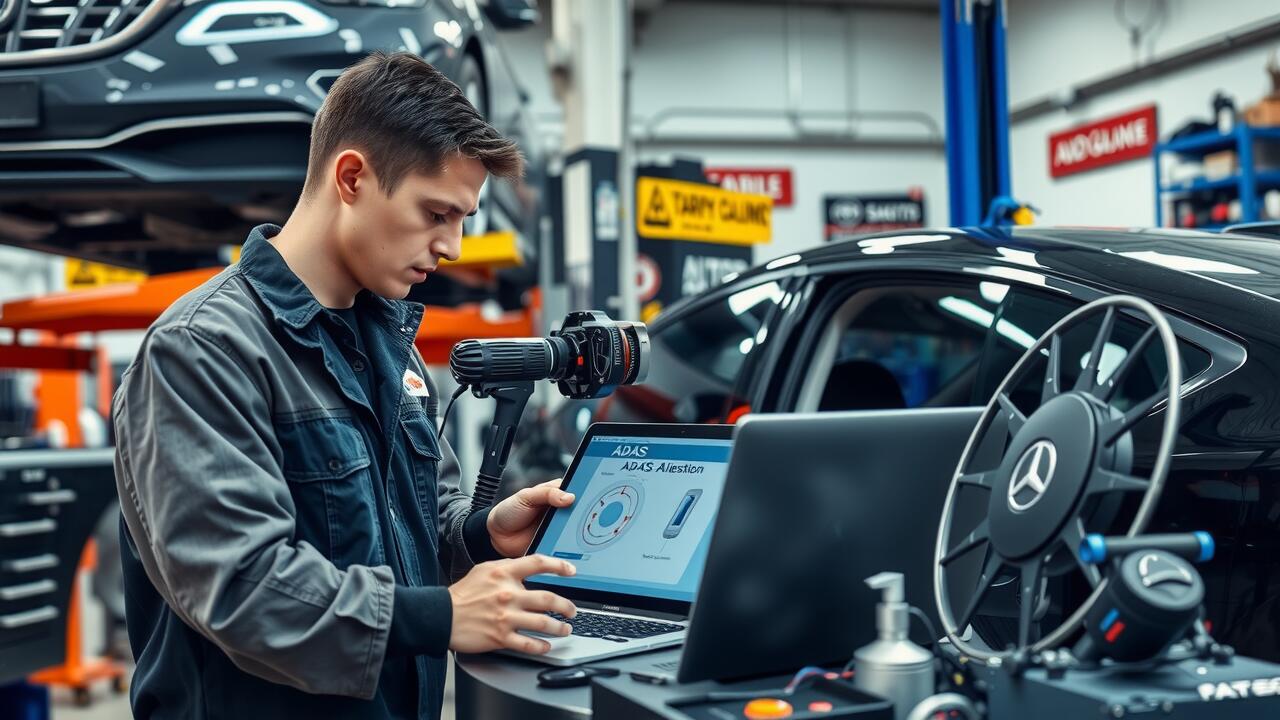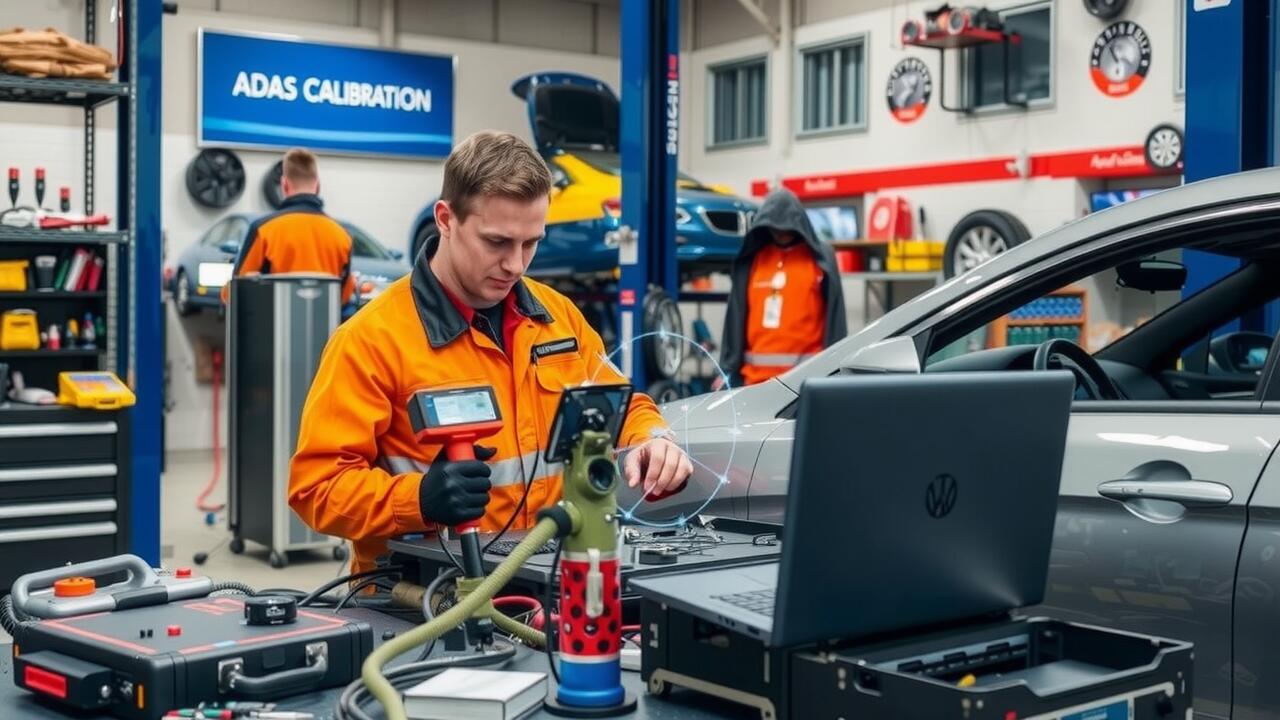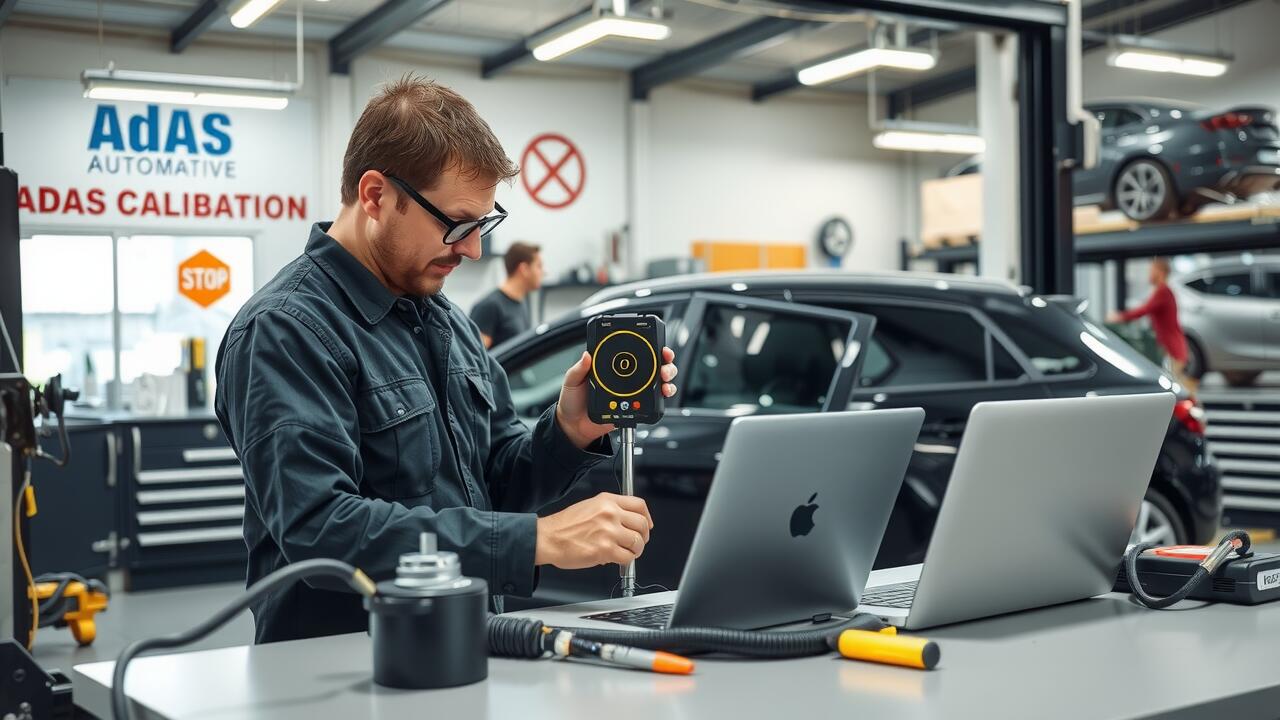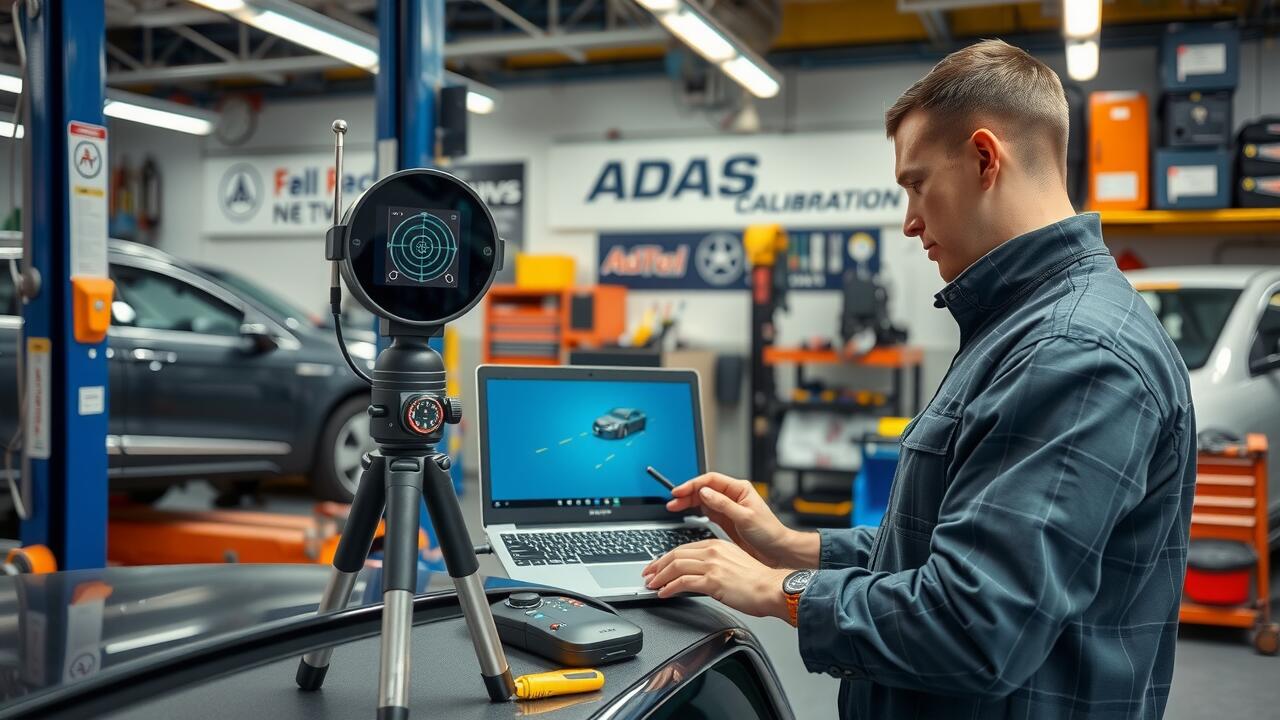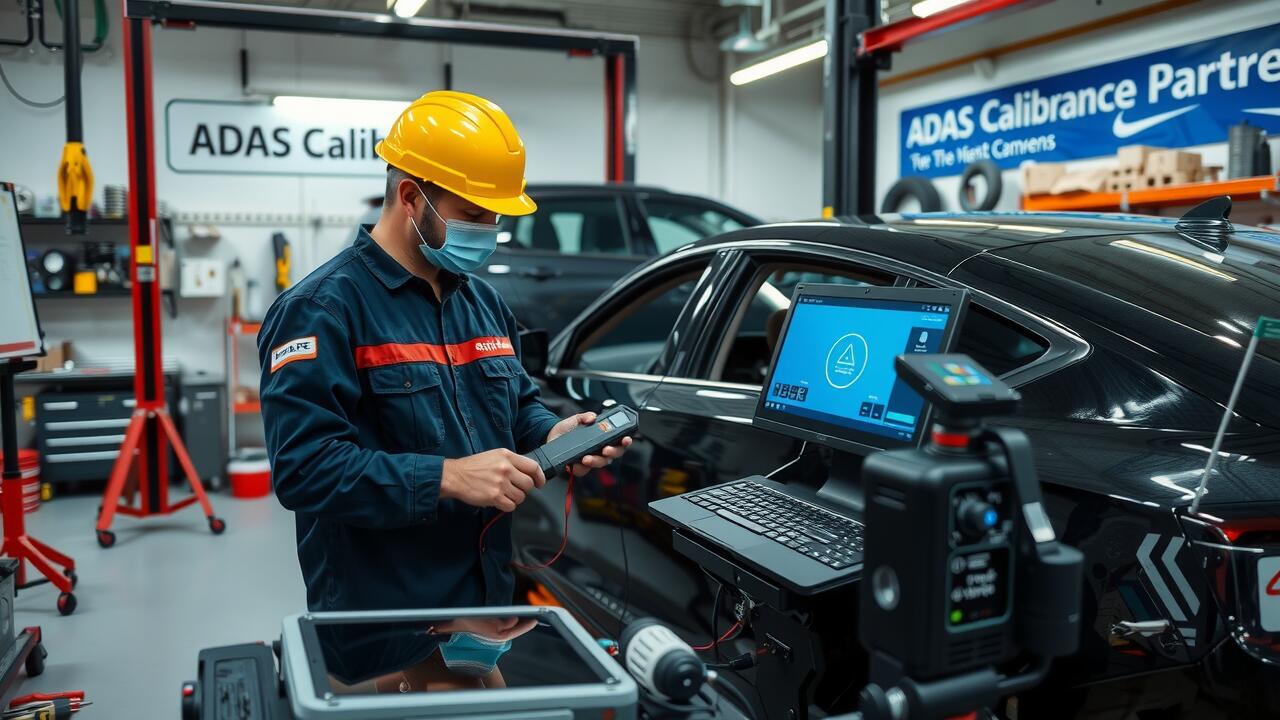
Table Of Contents
Maintenance and Repair Issues
Advanced Driver Assistance Systems (ADAS) are complex networks of sensors and software that require regular maintenance to function effectively. When these systems malfunction, the repair process can be more intricate than traditional mechanical issues. Vehicle safety system calibration is necessary to ensure that all components are operating harmoniously. Proper calibration is crucial after any collision or significant repair work, as misaligned sensors can lead to reduced effectiveness or even complete failure of safety features.
The need for specialised tools and knowledge for maintenance and repairs often results in higher costs for consumers. Not every mechanic is equipped to handle the intricacies of ADAS technology, leading to potential delays in repairs while drivers seek out qualified service centres. Additionally, reliance on specialised equipment for vehicle safety system calibration may pose challenges for workshops, which could deter some businesses from investing in this area. This specialised approach can make routine vehicle upkeep more complicated for owners of vehicles equipped with advanced systems.
Dependence on Specialized Technicians
The increasing integration of Advanced Driver Assistance Systems (ADAS) in vehicles has led to a reliance on specialised technicians for maintenance and repairs. These systems often require precise calibration and diagnostics to function effectively. Vehicle safety system calibration is crucial to ensure that features like lane-keeping assistance and adaptive cruise control operate correctly. The complexity of these technologies means that not all mechanics possess the necessary training or equipment, which can limit consumer options for reliable service.
Furthermore, the high level of expertise needed can drive up maintenance costs for vehicle owners. Regular checks and calibrations dictated by manufacturer guidelines may not be readily available at all service centres. This situation creates a barrier for consumers seeking affordable and effective service options. Access to these specialised technicians can also vary significantly based on geographic location, complicating the maintenance landscape for many drivers.
Regulatory and Legal Challenges
The integration of Advanced Driver Assistance Systems (ADAS) raises significant regulatory and legal challenges. As these technologies evolve, so does the need for clear policies governing their deployment and operation. Governments must establish guidelines to ensure the standards of functionality and safety are consistently met across various vehicle models. The complexity of these systems often leads to concerns regarding compliance with existing regulations, which may not adequately address the nuances presented by new technologies.
Another critical issue centres around vehicle safety system calibration after an accident or malfunction. In incidents involving vehicles equipped with ADAS, determining accountability can be problematic. Questions arise regarding whether a malfunction occurred due to user error, system failure, or even improper calibration by a technician. These ambiguities can lead to protracted legal disputes, as involved parties seek to clarify who bears responsibility for an accident attributed to ADAS.
Unclear Liability in Accidents
The integration of Advanced Driver Assistance Systems (ADAS) in vehicles has raised complex questions regarding liability in the event of accidents. When an accident occurs involving an ADAS-enabled vehicle, determining fault can become intricate due to the various layers of technology involved. Factors such as software malfunctions, system misconfigurations, or driver oversight all complicate the attribution of responsibility. Vehicle safety system calibration plays a crucial role in ensuring that these systems function correctly, but if calibration is inadequate, it may lead to unexpected outcomes during a collision.
Legal frameworks often lag behind technological advancements, which can further muddy the waters of liability. Jurisdictions may differ in how they handle cases involving ADAS, leading to uncertainty for all parties involved. For instance, if an accident is caused by a failure in the ADAS, questions arise regarding whether the manufacturer, software provider, or the vehicle owner is liable. The lack of clear guidelines around vehicle safety system calibration and its implications on accident liability demands further attention from lawmakers and the automotive industry.
Limited Availability in Older Vehicle Models
Many older vehicle models lack the integration of Advanced Driver Assistance Systems (ADAS). These systems rely on advanced sensors and technologies, which were not standardised in earlier designs. As a result, consumers with older vehicles miss out on the benefits of modern safety features such as lane assist or automated braking. The absence of these systems indicates a significant disparity in safety levels between newer and older vehicles, particularly as regulations around vehicle safety become increasingly stringent.
Implementing ADAS in older vehicles poses significant challenges, particularly regarding vehicle safety system calibration. The technology requires precise adjustments to function correctly, which often necessitates costly upgrades or replacements. For vehicle owners, this situation represents a barrier to accessing enhanced safety features, often making the financial and logistical implications outweigh potential benefits. As vehicle manufacturers continue to innovate, the gap between the capabilities of new and older models continues to grow wider.
Accessibility for All Consumers
ADAS technologies are often integrated into newer vehicle models, which can limit accessibility for consumers who own older cars. Many individuals may find themselves unable to benefit from advanced safety features due to the higher cost of new vehicles. Access to these systems often hinges on the vehicle's age and model. As manufacturers increasingly focus on smart technologies, older vehicles slip further behind in safety provisions.
Moreover, the calibration of vehicle safety systems becomes crucial when considering retrofitting or aftermarket installations. Proper calibration is essential to ensure that these systems function correctly. Consumers may encounter obstacles when trying to access reliable calibration services. A lack of comprehensive support in older vehicles can further disenfranchise those looking for enhanced safety while driving.
FAQS
What does ADAS stand for?
ADAS stands for Advanced Driver Assistance Systems, which are technologies designed to enhance vehicle safety and facilitate driving.
What are some common maintenance issues associated with ADAS?
Common maintenance issues include the need for regular calibration and updates of sensors and software, which can be costly and time-consuming.
Why is there a dependence on specialised technicians for ADAS?
ADAS components require specific knowledge and training for proper maintenance and repair, leading to dependence on technicians who are specialised in these advanced systems.
What regulatory challenges does ADAS face?
Regulatory challenges include the need for clear standards and guidelines regarding the use and performance of ADAS technologies, which can vary by region.
How does ADAS impact liability in the event of an accident?
Liability can become unclear in accidents involving ADAS, as it may be difficult to determine whether driver error, system failure, or external factors contributed to the incident.
Are older vehicle models compatible with ADAS?
Most older vehicle models do not have ADAS capabilities, limiting access to these advanced features for consumers with older cars.
How does accessibility of ADAS affect all consumers?
Accessibility can be an issue as not all consumers can afford vehicles equipped with ADAS, potentially widening the gap between those with access to advanced safety features and those without.
